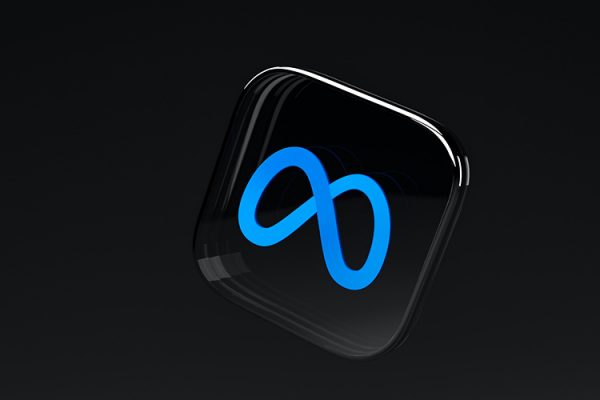While packing for a trip, you’ve most likely run into issues while trying to figure out how to fit all your outfits, beauty products and much-needed devices into the least amount of luggage possible.
Although we can’t tell you how you could easily transfer all your lotions and potions into travel-sized bottles, we can tell you that Sony has a new compact camera that should be a breeze to pack. What’s more, it’s actually something you’re going to want to bring along.
Why bring a camera when you can just use your phone?
TechCrunch recently reported that Sony has unveiled its advanced, “highly pocketable RX100 VII.” The camera is the seventh version of the brand’s RX100. “Since its debut, this line of cameras has proven a very popular option among enthusiasts looking for a great travel camera, vloggers and even pros who want a compact backup option just in case,” TechCrunch added.
The RX100 is priced at $1,200 — $1,200?! That sounds astronomical, but apparently it’s worth it.
According to TechCrunch, the camera has a “24-200mm (35mm equivalent) zoom range, 20fps continuous burst mode shooting, a flip-up touch screen, built-in image stabilization and the same powerful autofocus technologies you’ll find on its flagship full-frame interchangeable lens pro cameras.”
I’m not going to pretend I connect with all of those specs, however the folks at TechCrunch did clarify something very important. The Sony RX100 VII satisfies a specific, fairly common need: striking a balance between image quality, range and portability. This “fairly common need” jumps up to mandatory when one considers creators who are frequently on the road and need to capture content — often with only one random, sudden or impromptu opportunity to do so.
Still, you may be thinking, “I’ll just use my phone…” And TechCrunch concurs that, on the convenience end of the spectrum, your phone can’t be beat. However, if one is looking to capture content for clips use, according to TechCrunch, the RX100 VII can “deliver nearly the portability of a smartphone, with some of the photography chops of a setup that typically requires its own suitcase.”
The Perfect Show Camera
TechCrunch reported that the Sony RX100 VII beats a conventional smartphone’s built-in camera because it features:
A top-end DSLR with a high-quality, low aperture zoom lens.
A small, compact body.
A 1-inch sensor, which means “there’s no contest between which will capture a better image, with lower noise, greater depth-of-field and better color rendering.”
An integrated flash, an external microphone jack and an articulating LCD display, as well as an impressive EVF and flip-up LCD.
A USB charger.
A Camera For Filming Stuff
Clip creators, take note: this camera is also great for shooting video. According to TechCrunch, the RX100 VII’s “greatest strength might just be how good it is at shooting video for a device this size.”
They continued, stating that “video out of the camera with very minimal adjustment from the default shooting settings produces highly usable results, for both home video enthusiasts and for YouTubers or vloggers looking to produce great-looking content without lugging an entire film production studio along with them on their travels.” This sounds like shooting usable content on the road — which means new settings, different models and scene partners and fresh energy — would become (relatively) simple.
Obviously, no piece of equipment, be it fancy or basic, will make or break your content. That’s guided, first and foremost, by your ingenuity. This camera may be a worthwhile investment for clips makers looking to up their game or cam models to too create better quietly short videos for promo, etc or who are interesting in exploring the clips game themselves.
The RX100 VII also has a microphone port and an optional VCT-SGR1 shooting grip. Read more about the camera on TechCrunch as there is a considerable amount of detail there
—
Abbie Stutzer is a writer and editor from Lawrence, Kansas. Find her on Twitter at @abbiestutzer and on Insta at @abbiestutzer. Email her at abbie@ynotcam.com.
Header background image by Matheus Bertelli via Pexels.










